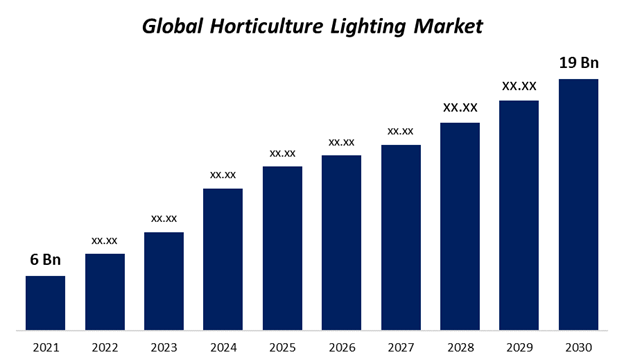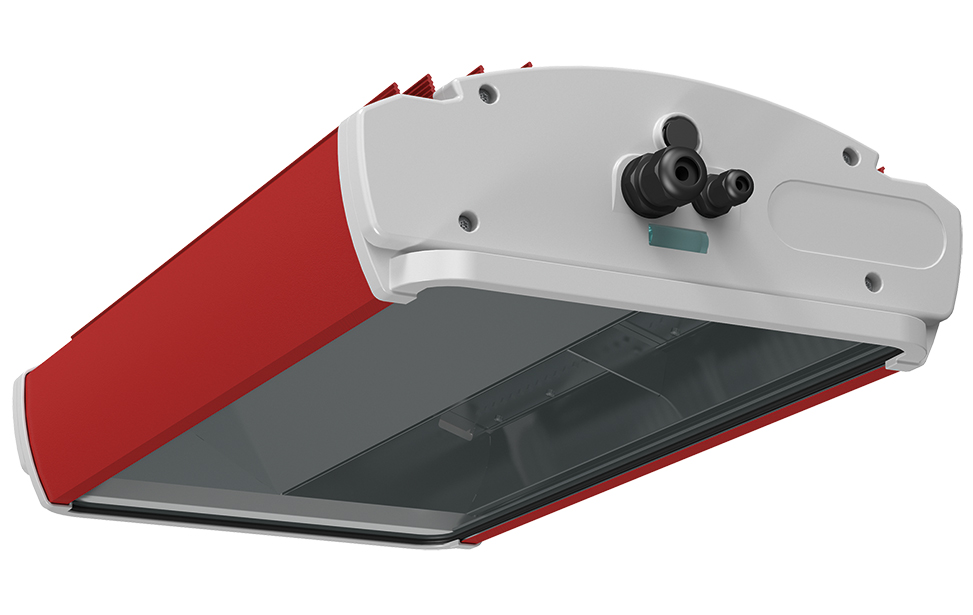As the world grapples with climate change and food security challenges, innovative agricultural practices are emerging as vital solutions. One of the most promising developments is the growth of the horticultural lighting market, projected to expand from $6 billion in 2021 to an impressive $19 billion by 2030. This shift represents a compound annual growth rate (CAGR) of 19%, underscoring the vital role of effective lighting in modern agriculture.
Drivers of Market Growth
According to a report by Spherical Insights & Consulting, the key factors driving this market surge include the increased awareness of sustainability and the widespread adoption of horticultural lighting in various sectors, such as agriculture, construction, and healthcare. Governments and organizations worldwide are prioritizing efficient lighting systems to enhance crop production, thereby promoting food security.
In recent years, funding for indoor farming ventures has surged, with over 13 venture firms securing more than $531 million in the last quarter of 2021 alone, reflecting a 7% increase compared to the previous year. This financial support is essential for driving innovation and improving production techniques in the horticultural lighting sector.
Technological Innovations
The horticultural lighting market is diversifying, with technologies such as LED, fluorescent, HID, and high-pressure sodium lighting competing for market share. Currently, LED technology dominates the market due to its energy efficiency, long lifespan, and reduced heat output. These characteristics make LEDs ideal for indoor farming, where maximizing energy efficiency is critical.
LEDs are expected to retain the largest market share throughout the forecast period, driven by their effectiveness in promoting healthy plant growth and minimizing energy consumption. Furthermore, emerging technologies, such as inter-lighting systems developed by companies like LG, are focusing on optimizing light exposure to critical plant areas, promising to enhance crop yields significantly.
Application Segmentation
The market for horticultural lighting is segmented into various applications, including indoor farming, greenhouses, and vertical farming. Among these, the greenhouse segment is anticipated to yield the highest profits. Governments in major economies, such as France, Germany, and the UK, are increasingly investing in greenhouse horticulture to cultivate high-demand crops like cannabis, further boosting this market segment.
Additionally, the equipment modernization segment is projected to generate significant revenue, as upgrading existing lighting systems in profitable facilities and greenhouses can improve plant quality and reduce labor costs.
Regional Insights
Europe is poised to become the largest market for horticultural lighting by 2030, fueled by the growing adoption of energy-efficient and environmentally friendly lighting solutions. Initiatives promoting the use of LED fixtures for plant growth are expected to open new growth opportunities for manufacturers in the region. As urban agriculture and indoor farming continue to gain traction, the demand for effective horticultural lighting solutions will undoubtedly rise.
The horticultural lighting market is on the brink of a significant transformation, driven by innovation, sustainability, and a growing demand for efficient agricultural practices. As the industry evolves, it will play a crucial role in addressing food security challenges and promoting environmentally friendly farming methods. Farmers, agronomists, and agricultural engineers should remain attuned to these developments, as embracing cutting-edge lighting technologies will be essential for thriving in the future agricultural landscape.












